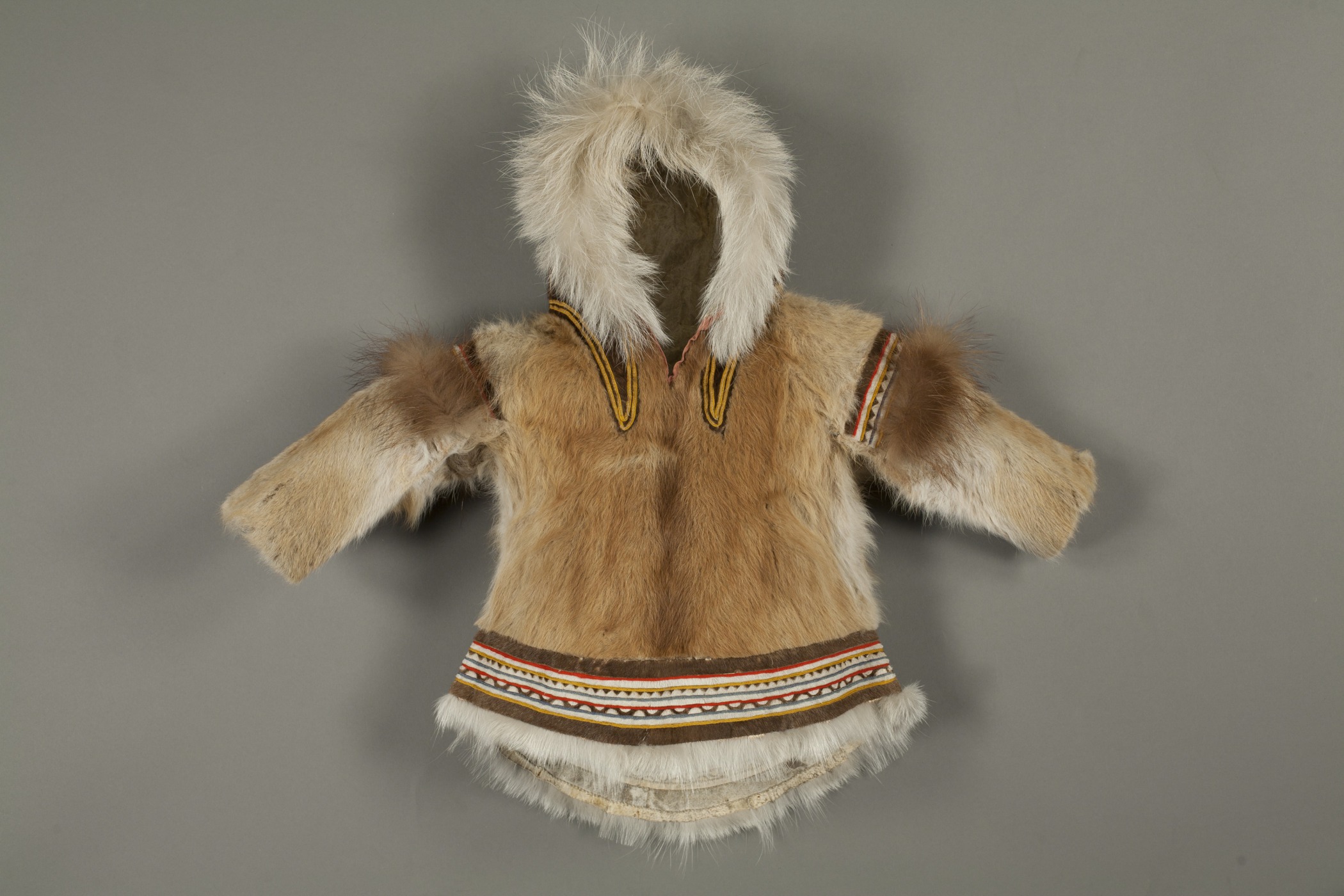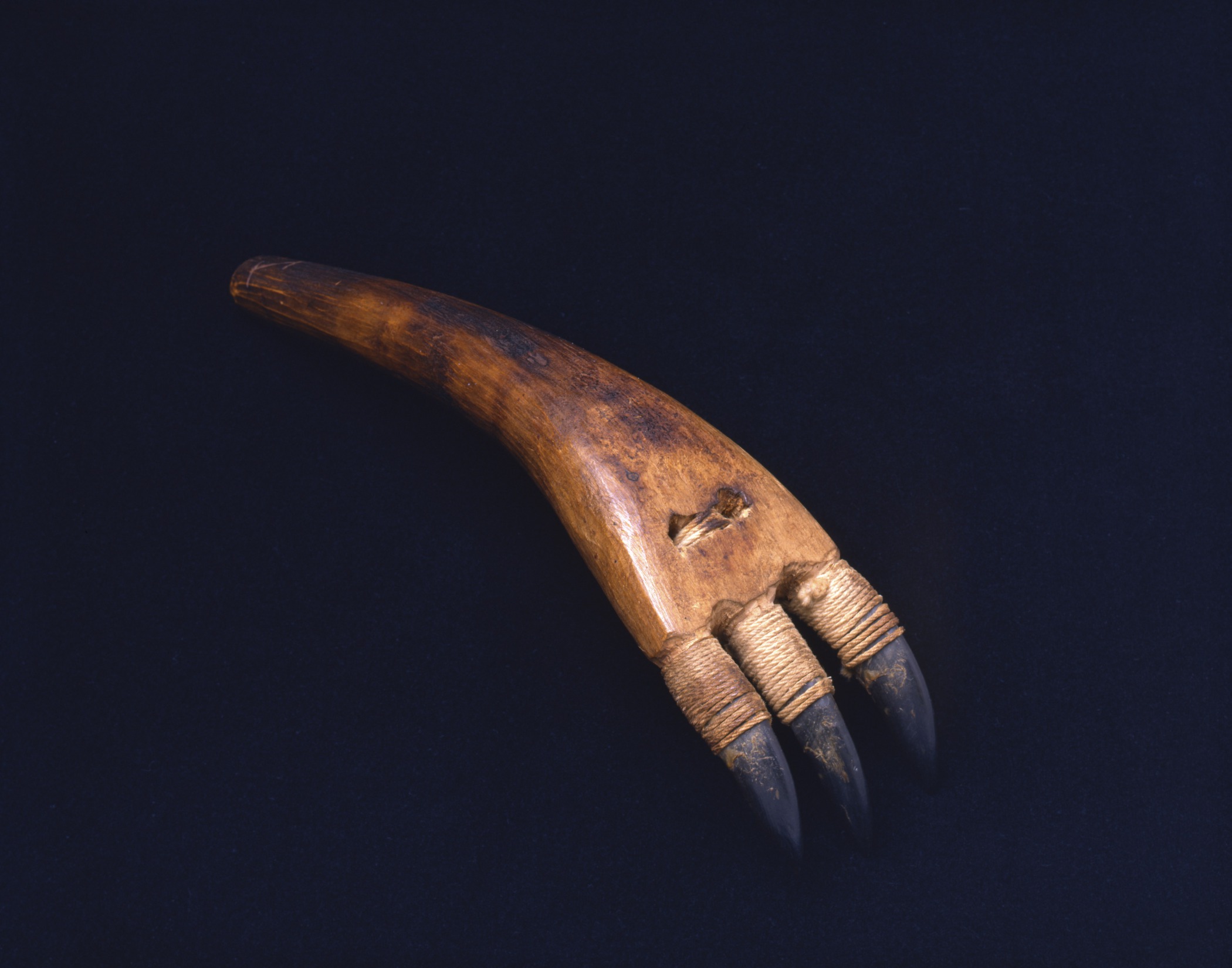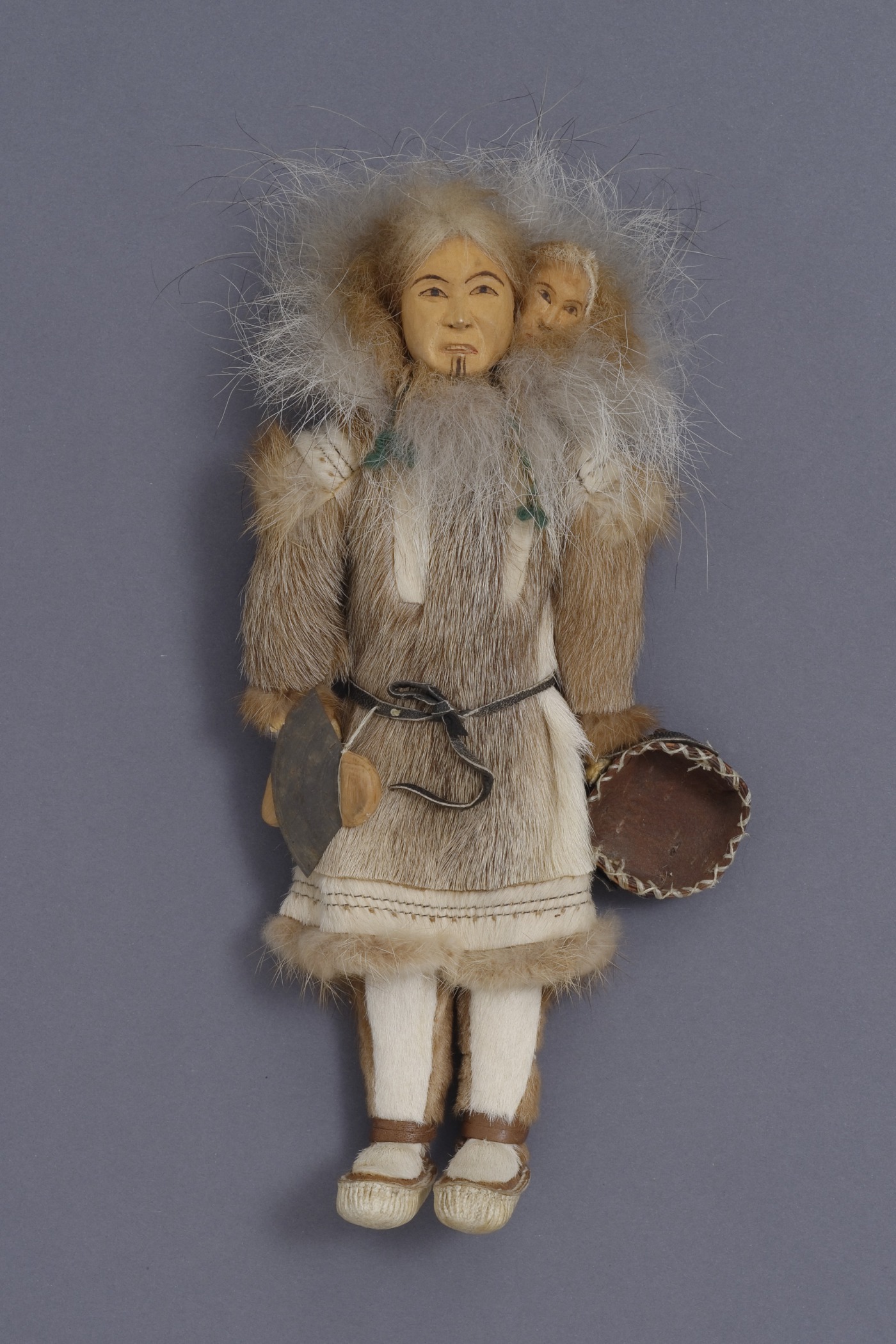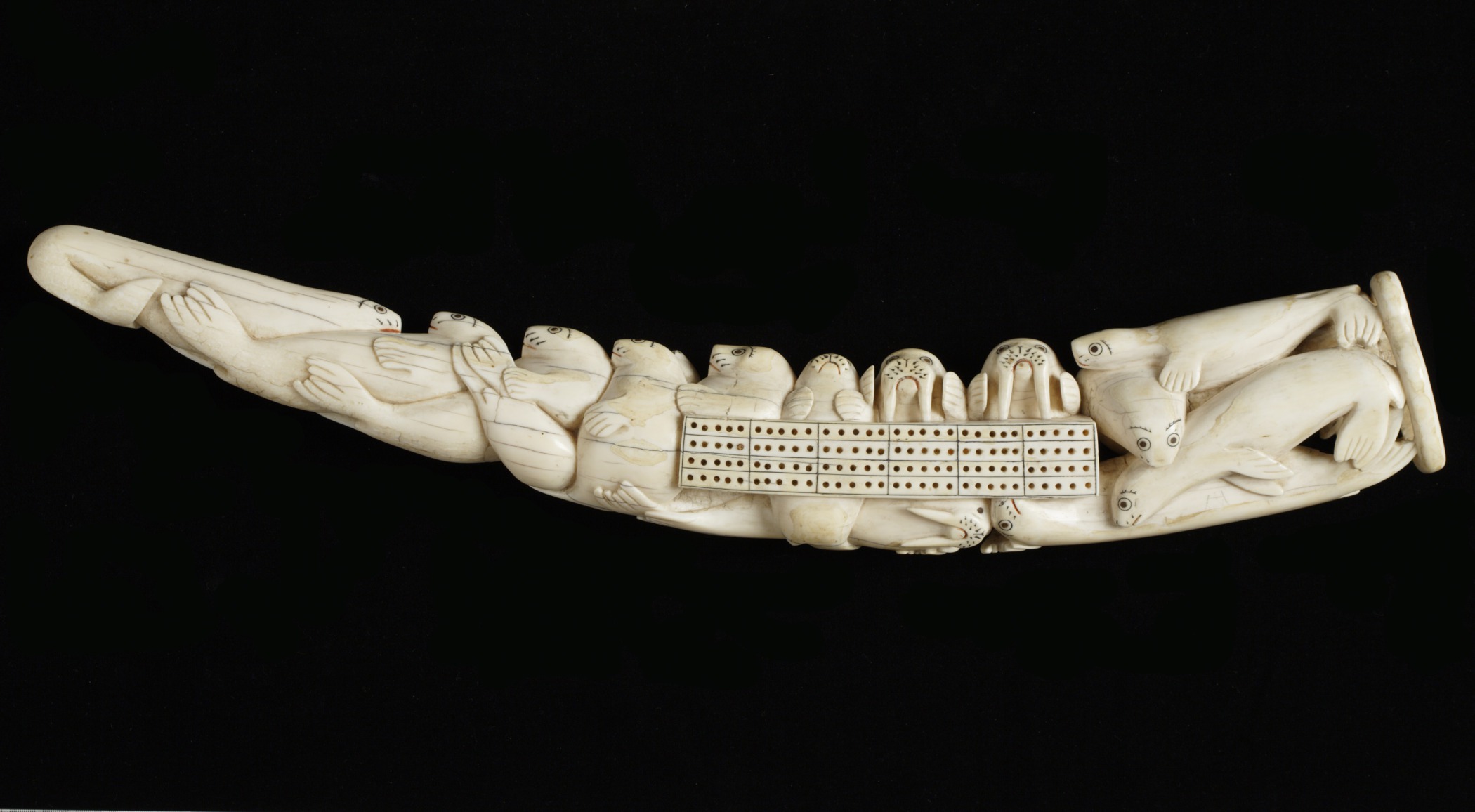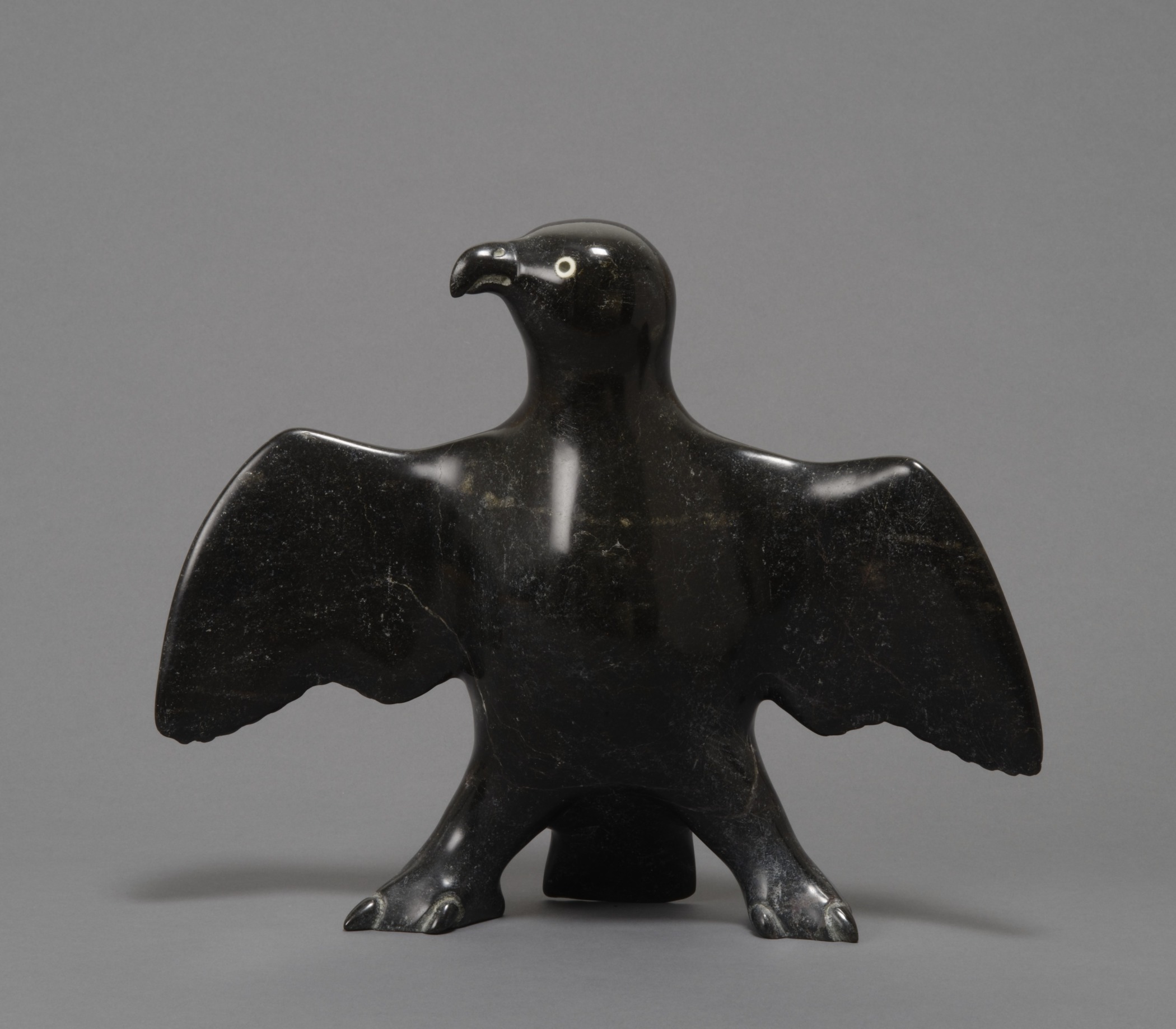Many indigenous cultures have made their home in the Arctic and Subarctic. Over thousands of years, they have found innovative ways to survive and thrive in this unique environment.
Explore a theme
About this Region
Geography and Topography
The Arctic, also referred to as the Circumpolar North, is the northernmost geographic zone circling the North Pole. It stretches over three continents: North America, Asia, and Europe. The Arctic is mostly water, with ice and snow covering the land for much of the year. There are no trees—only dry deserts, brush, and tundra plants. For several months during the winter, there is no sunlight. These days are called polar nights. The opposite is true in the summer, when there is no darkness. For this reason, the Arctic is known as the Land of the Midnight Sun.
The Subarctic is the region just below the Arctic. The subsoil or ground below the surface is permanently frozen. The top layer of this permafrost becomes spongy and dense during the spring and summer, when grasses, shrubs, mosses, lichen, and a few trees cover the land. The Subarctic, too, has long, cold winters and short, mild summers.
Despite the cold climate, these regions are home to many plants and animals that support human life.
Arctic and Subarctic Cultures
This resource highlights works of art created by the Inuit (IN-oo-eet), who occupy territories in what is now the eastern and central Arctic regions of Canada; the Kalaallit (Kah-LAY-leet) of Greenland; and Alaska Native cultures including the Iñupiaq (In-oo-pee-at), Yu’pik (YOO-pik), and Northern Athabascan.
The Inuit are a group of culturally similar indigenous communities inhabiting the Arctic regions of Canada, Greenland, Russia, and the United States. Inuit means “people” in the Inuktitut language.
Inuit living in the western Canadian Arctic call themselves Inuvialuit, which means “real human beings.” Their homeland stretches from what is now the Alaskan border east to Amundsen Gulf and the western edge of the Canadian Arctic Islands.
The Iñupiaq are Alaska Natives whose traditional territory spans Norton Sound on the Bering Sea to the Canadian border.
Yu’pik territory lies in what is now western, southwestern, and south central Alaska and the Russian Far East. Yu'pik groups include the Alutiiq (Ah-LOO-tik) or Sugpiaq (SOOK-pee-ak) of the Alaska Peninsula and coastal and island areas of south central Alaska.
Kalaallit means “Greenlander.” They are the largest group among the Greenlandic Inuit, and are concentrated in Western Greenland.
Northern Athabascan people represent eleven groups who share a related language. They traditionally lived in what is now interior Alaska, along five major river ways: the Yukon, Tanana, Susitna, Kuskokwim, and Copper Rivers. Athabascan people call themselves Dene, or “the people.”



